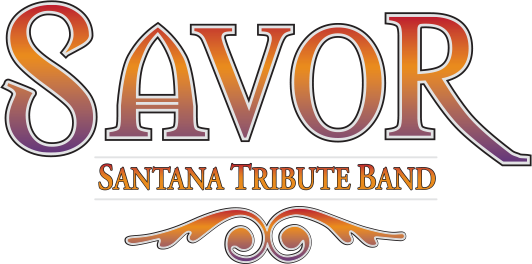In the last 30 years there’s been a virtual explosion in the amount of tribute bands in the marketplace. Every well-known band (and even some pretty obscure ones!) have at least one, and often many bands that offer a tribute to their music.
Like most other music fans, I have seen and heard a number of these bands. And although there is infinite variation on a theme, the one common factor seems to be that a tribute band makes it its mission to cover the original music as closely as possible.
Except Santana tribute bands.
What makes Santana Tribute Bands the exception?
That’s a good question, and one for which I can only guess at the answer. My instinct is that guitar players playing in other Santana Tribute Bands feel that because Carlos is essentially an improvisational player who never repeats the same phrase twice, they (the ones offering a tribute to Santana) should do the same thing.
I don’t agree. In fact I feel very strongly about it.
What happens when a tribute guitar player doesn’t “get it right”?
In my opinion, when a guitar player takes this approach within a Santana tribute band, it doesn’t capture the freewheeling, melodic improvisation for is Carlos is renowned; it just sounds sloppy.
It is my contention that as a player in a tribute band, you are not there to “be” the artist, you are there to produce the music from that artist exactly the way that the audience is used to hearing it. So while it is okay for Carlos to change up his arrangements, solos, etc. during his own show, I do not believe that is what audiences come to hear when they attend the performance of a Santana tribute band.
From what I have been told, the fans that go to see a tribute band expect to hear the songs exactly as they always have, either via LP or CD, or on the radio. If that recorded version has a certain solo, they want to hear the same solo. Exact. Note-for-note.
Is it hard to cover Santana’s solos?
Yes and no. Re-creating the notes of his melodies is fairly straightforward. He is not a “technical” player, and they are not at all complicated. In that sense, it is not difficult at all. The challenge comes in duplicating his phrasing: the way he times his melodies.
Latin jazz rock phenom Al DiMeola once stated in an interview that any guitar player should be able to write his solos out in musical notation. This is true. However, some solos would be more difficult to transcribe than others. In the case of Santana, what sounds “natural” when he plays it would not be simple whatsoever on the page.
Carlos has a complex way of organizing his phrasing — sort of the guitar version of what Frank Sinatra was famous for — that works, and is deceptively complex.
So the first thing the guitar player must do when learning Santana’s solos is to get that phrasing (timing) in his (or her) head. After all, you have to understand the melody before you can play it. Once you have that, it is a matter of practicing it until it becomes innate. What Carlos does naturally, you must reproduce intentionally.
Finally, you must pay attention to the small details
There are any number of seemingly trivial techniques that when added together, gives any guitar player — and Carlos Santana is no exception — their trademark style. Where on the neck they play the notes; whether they pick, hammer on or pull off, if they slide into or out of notes, and how far.
While you would be hard-pressed to find an audience member that would understand all these things, they know when it sounds authentic. And that is what they come for.
Authentic. That’s what we aim to deliver.

